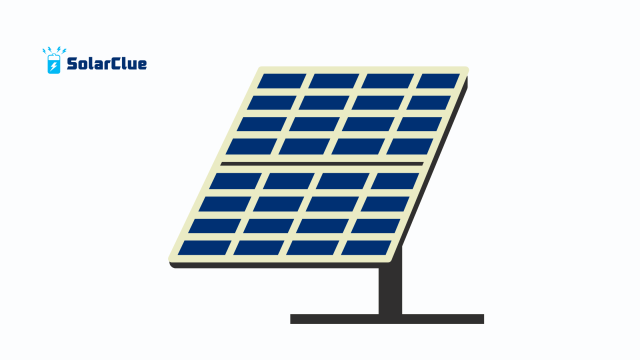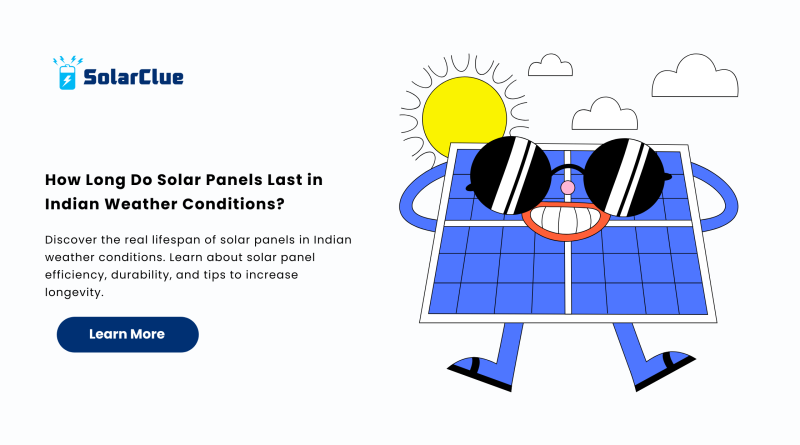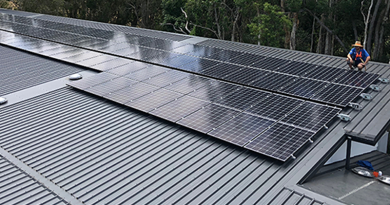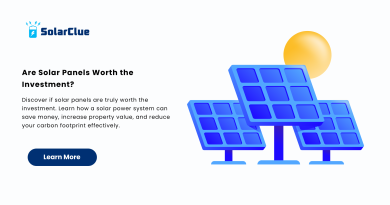How Long Do Solar Panels Last in Indian Weather Conditions?
India, with its abundant sunshine, is one of the most promising regions for solar energy adoption. But for homeowners and businesses investing in solar power systems, a common and crucial question arises: How long do solar panels last in Indian weather conditions? Understanding this helps make informed decisions about energy investments and future savings.
Table of Contents
- 1 The Average Lifespan of Solar Panels in India
- 2 Indian Climate and Its Impact on Solar Panels
- 3 Solar Panel Degradation Rate
- 4 Warranty Periods Offered in India
- 5 Key Factors That Influence Lifespan
- 6 Tips to Increase the Lifespan of Your Solar Panels
- 7 Technological Advancements Supporting Longevity
- 8 When Should You Consider Replacing Solar Panels?
- 9 Cost vs Longevity: Is the Investment Worth It?
- 10 Government Support and Policies
- 11 Real-World Use Cases from Indian Homes
- 12 Common Myths Around Solar Panels in India
- 13 Final Thoughts: Are Solar Panels Durable in India?
- 14 FAQs
The Average Lifespan of Solar Panels in India
Typically, solar panels are designed to last between 25 to 30 years. However, in Indian weather—characterized by intense summers, monsoons, and varied humidity levels—the lifespan can vary slightly depending on the region and panel quality. Most best solar panels available today maintain over 80% of their initial solar panel efficiency even after 25 years.
Indian Climate and Its Impact on Solar Panels
India’s climate ranges from arid in Rajasthan to humid in Kerala. Dust, pollution, heatwaves, and monsoons pose real challenges to solar panel efficiency. Here’s how each impacts them:
High Temperatures
While solar panels need sunlight, extreme heat can slightly reduce their efficiency. Panels are typically tested at 25°C, but Indian summers can push temperatures beyond 45°C. This can decrease performance by 10-15%, though it doesn’t drastically affect longevity.
Monsoons and Humidity
Excessive moisture and prolonged rain can affect the wiring and inverter system if not properly sealed. However, high-quality solar panels for home use are built to withstand these conditions, thanks to protective lamination and water-resistant designs.
Dust and Pollution
Urban areas like Delhi or Mumbai face a lot of pollution. Accumulated dust on solar panels can block sunlight, reducing solar panel efficiency. Regular cleaning and maintenance are essential to mitigate this effect.
Solar Panel Degradation Rate
Solar panel degradation refers to the gradual reduction in power output over time. On average, solar panels degrade at a rate of 0.5% to 0.8% annually. That means a panel might operate at around 85% of its original capacity after 20 years. Top brands in the best solar panel category may offer even lower degradation rates with longer warranties.
Warranty Periods Offered in India
Most manufacturers in India offer:
- Product Warranty: 10–12 years
- Performance Warranty: 25–30 years
These warranties cover both manufacturing defects and significant efficiency drops, ensuring that your solar power system continues to perform optimally.
Key Factors That Influence Lifespan

To maximize your solar panel investment, consider the following influencers:
1. Quality of Panels
Invest in certified and high-grade best solar panel brands to ensure longevity and performance.
2. Installation Standards
Poor installation can cause early failures. Always hire professionals for accurate mounting and wiring.
3. Maintenance Frequency
Regular cleaning, inspections, and servicing keep your solar power system in top shape. Dust, leaves, or bird droppings should be cleared frequently.
4. Environmental Conditions
While solar panels are built to endure tough weather, extreme conditions like cyclones or snow (in Himalayan regions) might affect physical integrity over time.
Tips to Increase the Lifespan of Your Solar Panels
- Install at an optimal angle to maximize sunlight absorption.
- Use high-quality mounting structures that resist rust and corrosion.
- Schedule periodic professional inspections for connections and inverter performance.
- Clean panels regularly, especially in dusty areas.
Technological Advancements Supporting Longevity
Modern solar panels now include anti-reflective coatings, tempered glass, and smart inverter technology, all of which contribute to better durability and efficiency. Newer panels even incorporate AI-powered maintenance systems that alert users when performance dips.
When Should You Consider Replacing Solar Panels?
Replacement is rarely needed before 25 years unless physical damage occurs. However, if your solar power output drops significantly (below 70%), it might be time to upgrade. Many users now opt for solar panel for home upgrades with higher efficiency models.
Cost vs Longevity: Is the Investment Worth It?
Absolutely. Even with a moderate degradation rate, your solar energy system pays for itself within 5 to 7 years in most Indian states due to government subsidies, net metering, and savings on electricity bills. After this breakeven point, the remaining years offer near-free power.
Government Support and Policies
India’s Ministry of New and Renewable Energy (MNRE) offers subsidies and support for solar panel for home installations. These incentives further reduce the cost and make solar adoption more financially viable.
Real-World Use Cases from Indian Homes
Families in states like Gujarat, Karnataka, and Tamil Nadu report reduced electricity bills by over 70% within 3 years of installing a solar power system. Many of them still report consistent performance even after 12+ years of use.
Common Myths Around Solar Panels in India
- “They don’t work during monsoon.” False. Panels still generate power from diffused sunlight.
- “Maintenance is expensive.” Not true. Basic cleaning and occasional servicing are sufficient.
- “They stop working after 10 years.” Far from it. Most solar panels continue operating effectively for 25+ years.
Final Thoughts: Are Solar Panels Durable in India?
Yes! With modern technology, strong warranties, and regular care, solar panels are perfectly suited for Indian climates. They offer long-term savings, help reduce your carbon footprint, and bring energy independence.
For a closer look at panel options and maintenance tips, visit solarclue.com. For expert advice and updated industry insights, browse through our articles on blog.solarclue.com.
FAQs
1. Do solar panels work efficiently in Indian summers?
Yes, they work well but may experience a slight drop in efficiency due to high temperatures.
2. Can monsoons damage solar panels?
No, most best solar panels are water-resistant and designed for all-weather durability.
3. How often should solar panels be cleaned in India?
Ideally, once every 15–30 days depending on your location and dust accumulation.
4. Is it worth installing solar panels in cities with pollution?
Absolutely. Just ensure regular cleaning and choose high-efficiency models.
5. What is the breakeven period for solar panels in India?
Typically, 5 to 7 years, after which the electricity generated is almost free.
Looking for trusted solutions? Explore more at solarclue.com—your one-stop destination for reliable solar energy solutions that last!





Your blog effectively captures the reader’s attention with its engaging content and well-structured flow. It provides valuable insights while maintaining clarity, making it both informative and enjoyable to read.
Thank you so much for your kind words! I’m really glad the content resonated with you and delivered value. Your feedback truly motivates me to keep creating informative and engaging content that serves readers well!